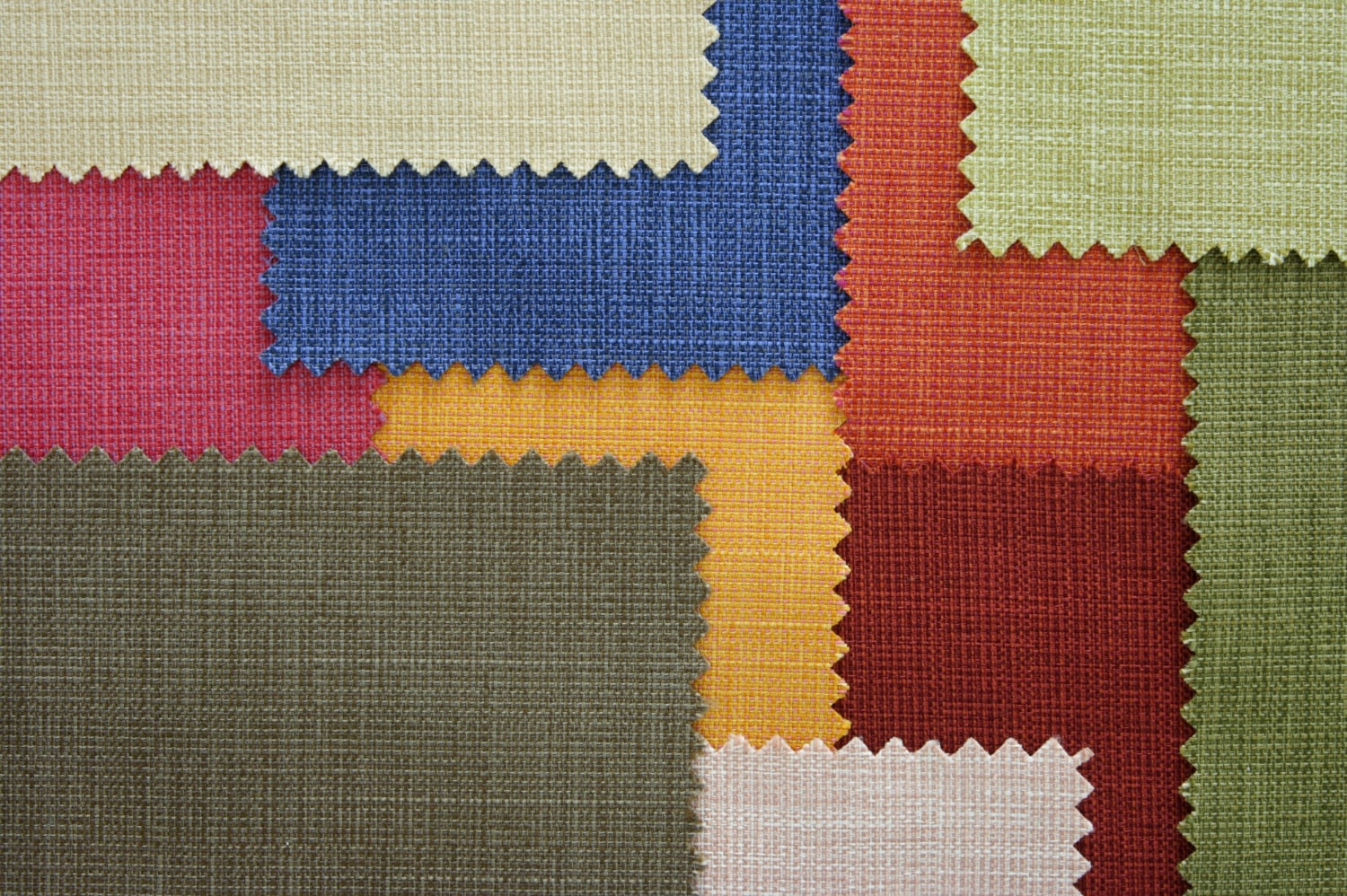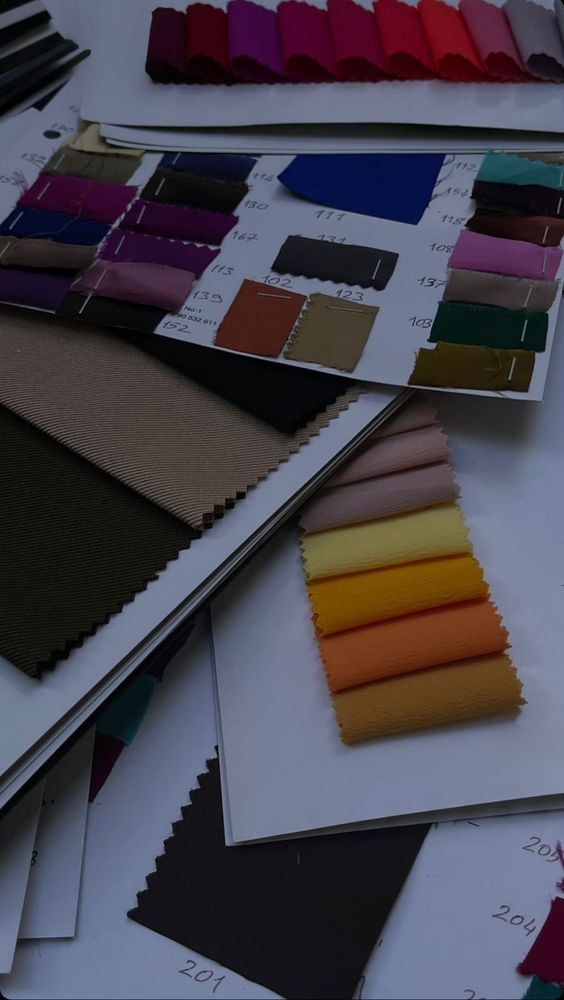
Mechanical properties of textile fibers:

The type of fibers used in the fabric, such as cotton, polyester, wool, silk, or a blend of different fibers, influences characteristics like comfort, durability, and care requirements.

Thread count refers to the number of threads (warp and weft) per square inch in a woven fabric. Higher thread counts generally indicate a smoother and more durable fabric.

Fabric weight is measured in grams per square meter (gsm) or ounces per square yard. It affects the thickness, warmth, and drape of the fabric. Different applications may require different fabric weights.

Fabric density is related to the compactness of fibers within the fabric structure. Higher density often indicates better durability and resistance to wear.

The pattern in which the warp and weft threads are interlaced defines the weave type. Common weaves include plain, twill, and satin. The weave influences the appearance, texture, and strength of the fabric.

Fabric texture describes the surface characteristics, such as smooth, rough, or textured. It affects the aesthetic appeal and tactile feel of the fabric.

Colorfastness measures how well a fabric retains its color when exposed to factors like washing, light, and rubbing. It is crucial for maintaining the appearance of dyed or printed fabrics.

Shrinkage indicates the percentage of dimensional change a fabric undergoes after washing. Fabrics with minimal shrinkage are preferred for garments to maintain their original size and shape.

Abrasion resistance measures a fabric's ability to withstand wear and tear caused by rubbing or friction. Higher resistance is important for durable and long-lasting textiles

Tensile strength measures a fabric's ability to withstand pulling or stretching forces. It is a crucial factor for fabrics used in applications requiring strength, such as upholstery or industrial use.

Pilling refers to the formation of small balls or fibers on the fabric's surface. Resistance to pilling is essential for maintaining a fabric's appearance over time

Breathability is the ability of a fabric to allow air circulation. Fabrics with good breathability are comfortable to wear, especially in warm weather

Dimensional stability assesses how well a fabric maintains its shape and size after exposure to various conditions, including washing and temperature changes.

Flame resistance is crucial for fabrics used in applications where fire safety is a concern. Some fabrics are treated to be flame-resistant or inherently possess this quality.